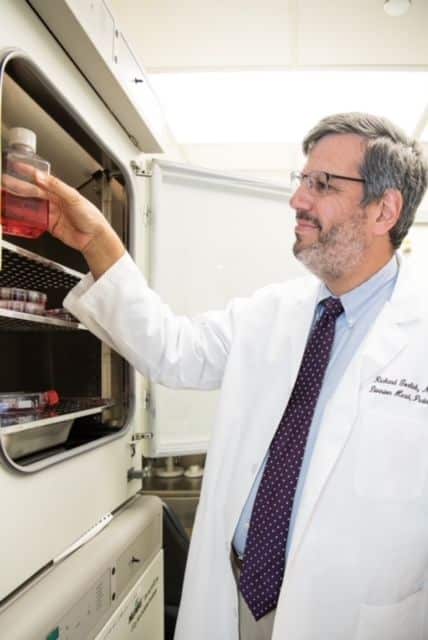“Nothing is of value in the lab until it changes patient outcomes.”
Dr. Richard Gorlick
Since the late 1990s, Richard Gorlick, MD, has been trying to solve osteosarcoma’s inherent problem: Finding a drug that works for patients.
“The problem in osteosarcoma is that outcomes haven’t changed in decades,” says Dr. Gorlick, chair and division head of Pediatrics at University of Texas MD Anderson Cancer Center and a board member at the Osteosarcoma Institute. “We need something new. We need drugs that work.”

Drugs known as antibody drug conjugates, or ADCs, may contain the answer. ADCs are a class of drugs that link antibodies to cancer-causing proteins that then target and kill cancer cells while leaving healthy cells alone.
“You effectively use that antibody to target the drug to be taken up more selectively by the cells that express the protein,” explains Dr. Gorlick.
A Unique Approach
For the last several years, Dr. Gorlick and his lab’s team of researchers have been working to find osteosarcoma proteins that can be targeted by ADC drugs. They had their work cut out for them: According to Dr. Gorlick, there are thousands of surface proteins present in osteosarcoma. But the work paid off. One protein in particular proved to be a viable option.
Their preclinical study found that the surface protein MT1-MMP was responsive to targeted drug therapy and was effective in osteosarcoma models. Rather than have the drug company reach out to his lab to test their drug — which is how many cancer drugs are tested and developed — Dr. Gorlick instead reached out to them.
“We asked ourselves, ‘What drugs are already out there that target this protein?’ And we found one,” he says. “This was an inversion of approach. And I think it will work better actually.”
Dr. Gorlick and his team of researchers presented their findings at the American Association for Cancer Research earlier this year.
“These findings have the promise to improve survival,” he says. “That’s why I’m excited. This discovery represents a paradigm shift that will help us to move forward more rapidly. I anticipate that there will be an influx of other drugs that can be tested, and because the drugs are targeted to a particular surface protein, they are potentially more effective and have fewer side effects. ”
Dr. Gorlick’s lab was created in 1998 with a focus on drug resistance and why some drugs do not work in certain patients.
“That evolved into just wanting to be able to test drugs in osteosarcoma and have model systems for testing osteosarcoma,” says Dr. Gorlick, who admits that he was not someone who was destined to be a doctor. But after being diagnosed at a young age with synovial cancer, which is cancer of the connective tissue, the trajectory of his life was forever changed. He lost his leg and underwent nine rounds of chemotherapy. He then chose a career in the field of pediatric oncology and osteosarcoma research.
“I went into osteosarcoma research partly because nobody else was doing it,” he says. “It’s genomically complex. It’s a hard disease to work on.”
ADCs have the potential to change all that, however, and Dr. Gorlick is optimistic about the future.
“I think the ability to molecularly characterize things is getting better and better,” he says. “We’re starting to see insights coming out of genomics and I think that will extend. When we understand [osteosarcoma’s] defining features, that’s going to allow us to treat it better. And there has been so much advancement in scientific techniques in the last few years. I hope we’re able to use that enhanced knowledge to increase our understanding.”
To support Dr. Gorlick’s research and the work being done at OSI, please make a contribution to us today. Make A Donation
